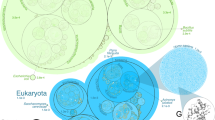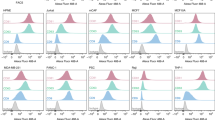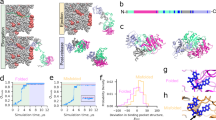Abstract
Proteins constitute the elementary building blocks of a vast variety of biological materials such as cellular protein networks, spider silk or bone, where they create extremely robust, multi-functional materials by self-organization of structures over many length- and time scales, from nano to macro. Some of the structural features are commonly found in a many different tissues, that is, they are highly conserved. Examples of such universal building blocks include alpha-helices, beta-sheets or tropocollagen molecules. In contrast, other features are highly specific to tissue types, such as particular filament assemblies, beta-sheet nanocrystals in spider silk or tendon fascicles. These examples illustrate that the coexistence of universality and diversity – in the following referred to as the universality-diversity paradigm (UDP) – is an overarching feature in protein materials. This paradigm is a paradox: How can a structure be universal and diverse at the same time? In protein materials, the coexistence of universality and diversity is enabled by utilizing hierarchies, which serve as an additional dimension beyond the 3D or 4D physical space. This may be crucial to understand how their structure and properties are linked, and how these materials are capable of combining seemingly disparate properties such as strength and robustness. Here we illustrate how the UDP enables to unify universal building blocks and highly diversified patterns through formation of hierarchical structures that lead to multi-functional, robust yet highly adapted structures. We illustrate these concepts in an analysis of three types of intermediate filament proteins, including vimentin, lamin and keratin.
Similar content being viewed by others
Article PDF
Author information
Authors and Affiliations
Rights and permissions
About this article
Cite this article
Ackbarow, T., Buehler, M. Hierarchical coexistence of universality and diversity controls robustness and multi-functionality in intermediate filament protein networks . Nat Prec (2007). https://doi.org/10.1038/npre.2007.826.1
Received:
Accepted:
Published:
DOI: https://doi.org/10.1038/npre.2007.826.1



